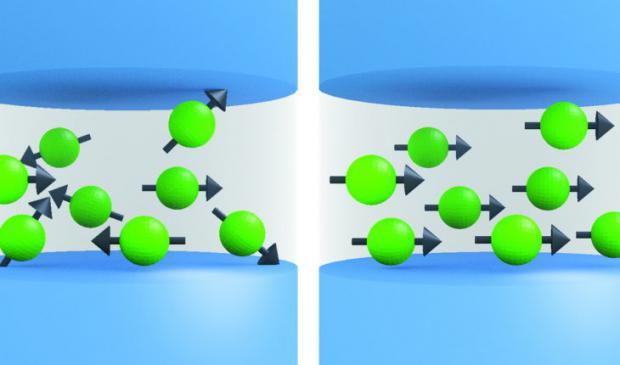
Breaking News
 Chairman Rand Paul Releases New Report Revealing Hundreds of Billions...
Chairman Rand Paul Releases New Report Revealing Hundreds of Billions...
 Get Schiffy Music Video | Rick and Morty | Adult Swim
Get Schiffy Music Video | Rick and Morty | Adult Swim
 Astrophysicist Dr. Willie Soon reminds us that "CO2 is the gas of life"...
Astrophysicist Dr. Willie Soon reminds us that "CO2 is the gas of life"...
Top Tech News
 This tiny dev board is packed with features for ambitious makers
This tiny dev board is packed with features for ambitious makers
 Scientists Discover Gel to Regrow Tooth Enamel
Scientists Discover Gel to Regrow Tooth Enamel
 Vitamin C and Dandelion Root Killing Cancer Cells -- as Former CDC Director Calls for COVID-19...
Vitamin C and Dandelion Root Killing Cancer Cells -- as Former CDC Director Calls for COVID-19...
 Galactic Brain: US firm plans space-based data centers, power grid to challenge China
Galactic Brain: US firm plans space-based data centers, power grid to challenge China
 A microbial cleanup for glyphosate just earned a patent. Here's why that matters
A microbial cleanup for glyphosate just earned a patent. Here's why that matters
 Japan Breaks Internet Speed Record with 5 Million Times Faster Data Transfer
Japan Breaks Internet Speed Record with 5 Million Times Faster Data Transfer
 Advanced Propulsion Resources Part 1 of 2
Advanced Propulsion Resources Part 1 of 2
 PulsarFusion a forward-thinking UK aerospace company, is pushing the boundaries of space travel...
PulsarFusion a forward-thinking UK aerospace company, is pushing the boundaries of space travel...
 Dinky little laser box throws big-screen entertainment from inches away
Dinky little laser box throws big-screen entertainment from inches away
 'World's first' sodium-ion flashlight shines bright even at -40 ºF
'World's first' sodium-ion flashlight shines bright even at -40 ºF
Superconducting Synapse many times faster than human synapses could enable faster...

Above – Illustrations showing the basic operation of NIST's artificial synapse, which could connect processors and store memories in future neuromorphic computers operating like the human brain. A synapse is a connection or switch between two brain cells. NIST's artificial synapse is a tiny metal cylinder that processes incoming electrical spikes to customize spiking output signals based on a tunable internal design. Researchers apply current pulses to control the number of nanoclusters pointing in the same direction, as depicted in the "disordered" versus "ordered" illustrations. This design, in which different inputs alter the alignment and resulting output signals, is inspired by how the brain operates. Credit: NIST
The NIST switch, described in Science Advances (link is external), is called a synapse, like its biological counterpart, and it supplies a missing piece for so-called neuromorphic computers. Envisioned as a new type of artificial intelligence, such computers could boost perception and decision-making for applications such as self-driving cars and cancer diagnosis.

 Fireballs are coming
Fireballs are coming

